Home>Construction & Tools>Building Materials>How To Build A Brick Outdoor Kitchen
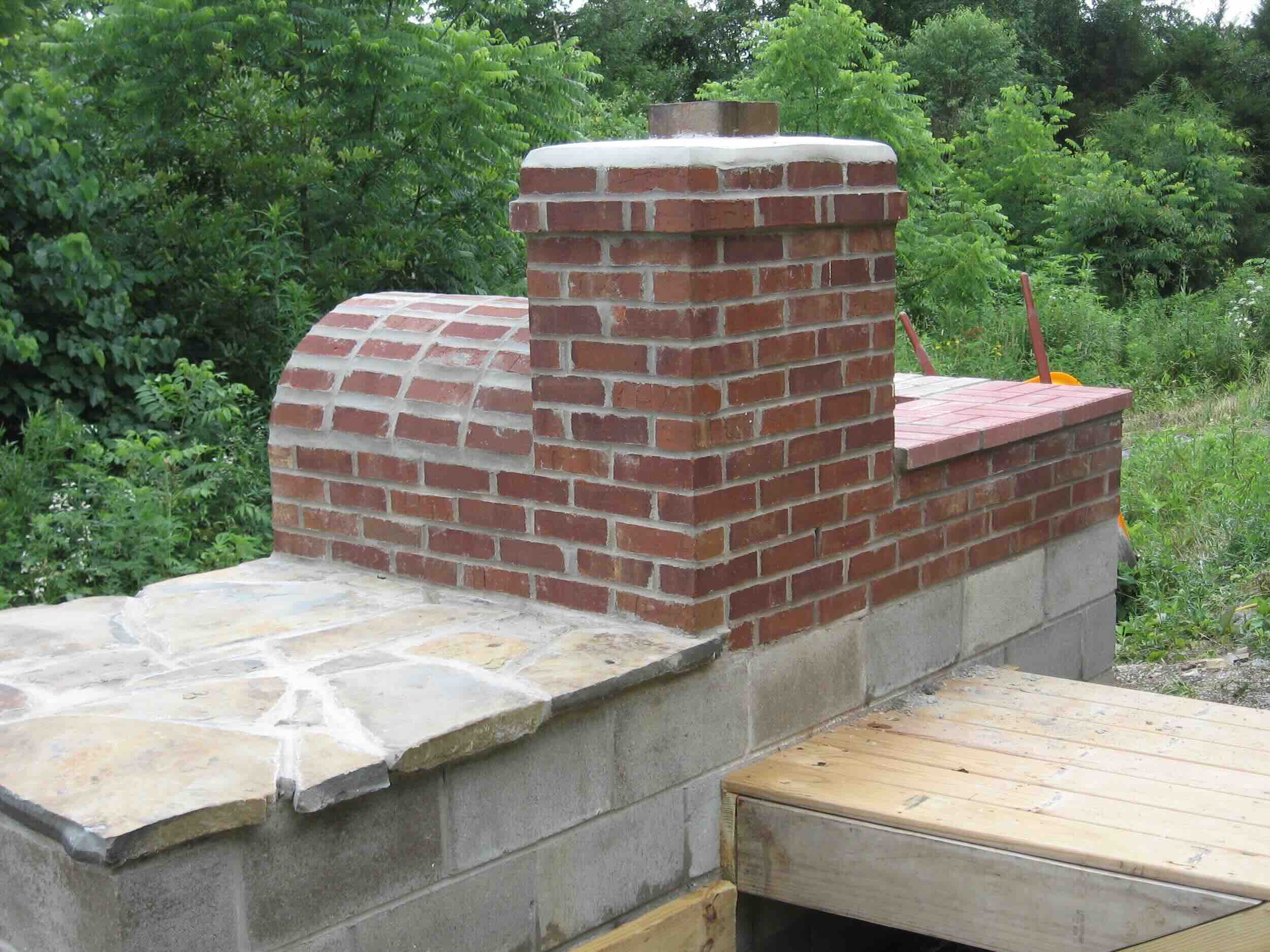

Building Materials
How To Build A Brick Outdoor Kitchen
Modified: March 19, 2024
Learn how to build a durable outdoor kitchen using high-quality building materials. Create a functional and stylish space for outdoor cooking and entertaining.
(Many of the links in this article redirect to a specific reviewed product. Your purchase of these products through affiliate links helps to generate commission for Storables.com, at no extra cost. Learn more)
Introduction
Are you dreaming of a cozy, functional, and stylish outdoor kitchen where you can sizzle up some mouthwatering barbecues, entertain guests, or simply unwind with your loved ones under the open sky? Building a brick outdoor kitchen can turn this dream into a reality. Not only does it enhance the aesthetic appeal of your outdoor space, but it also adds value to your property.
In this comprehensive guide, we will walk you through the step-by-step process of building your own brick outdoor kitchen. From planning and designing to gathering materials, laying the foundation, constructing the brick oven, and adding finishing touches, we've got you covered. Whether you're a seasoned DIY enthusiast or a novice looking to embark on your first outdoor construction project, this guide will equip you with the knowledge and confidence to bring your vision to life.
So, roll up your sleeves, unleash your creativity, and get ready to embark on an exciting journey of creating a stunning and functional brick outdoor kitchen that will be the envy of your neighborhood. Let's dive in and explore the art of crafting an outdoor culinary oasis that perfectly blends style and functionality.
Key Takeaways:
- Planning and designing your outdoor kitchen is crucial. Consider layout, appliances, materials, and custom features to create a functional and stylish space that suits your lifestyle and cooking preferences.
- Building a brick outdoor kitchen involves meticulous steps, from laying the foundation to adding finishing touches. It’s a transformative process that brings creativity, craftsmanship, and the joy of outdoor living to life.
Read more: How To Build Brick Pizza Oven Outdoor
Planning and Designing Your Outdoor Kitchen
Before you start building your brick outdoor kitchen, it’s crucial to invest time in meticulous planning and thoughtful design. Consider the layout, size, and features you desire, keeping in mind your cooking preferences, entertaining needs, and available space. Here are essential steps to guide you through the planning and design phase:
- Assess Your Space: Begin by evaluating your outdoor area. Take measurements and assess the terrain, existing features, and potential obstacles. Consider factors such as sunlight exposure, prevailing winds, and proximity to your indoor kitchen for convenience.
- Define the Layout: Determine the layout that best suits your needs. Will you opt for a simple L-shaped design, a spacious U-shaped setup, or a custom layout tailored to your specific requirements? Visualize the flow of movement and allocate dedicated zones for cooking, prepping, and dining.
- Select Key Appliances: Identify the essential appliances you wish to incorporate, such as a grill, sink, refrigerator, and storage cabinets. Choose high-quality, durable appliances suited to outdoor use, and ensure they complement the overall design aesthetic.
- Material Selection: Select the type of bricks and countertop materials that align with your style preferences and withstand outdoor elements. Consider factors like durability, maintenance, and how the materials harmonize with your existing outdoor decor.
- Custom Features: Explore the possibility of incorporating custom features, such as a brick pizza oven, a built-in bar, or a fire pit, to elevate the functionality and ambiance of your outdoor kitchen.
By investing time in careful planning and thoughtful design, you can tailor your outdoor kitchen to suit your lifestyle, culinary aspirations, and aesthetic preferences. This preparatory phase sets the stage for a seamless and rewarding construction process, ensuring that your brick outdoor kitchen becomes a harmonious extension of your home.
Choosing the Right Location
When it comes to building a brick outdoor kitchen, selecting the perfect location is pivotal to its functionality, visual appeal, and overall enjoyment. The right location can maximize convenience, capitalize on scenic views, and create a harmonious connection with your outdoor living space. Here’s how to choose the ideal spot for your outdoor culinary haven:
- Accessibility: Opt for a location that seamlessly integrates with your indoor kitchen and dining area. This will facilitate the flow of food and utensils, allowing for effortless outdoor dining experiences.
- Shelter and Shade: Consider the natural elements and choose a location that provides adequate shelter from strong winds and excessive sun exposure. Incorporating a pergola, awning, or strategically positioned trees can enhance comfort and extend the usability of your outdoor kitchen throughout the year.
- Scenic Views: Capitalize on picturesque vistas and natural focal points when selecting the location. Whether it’s a lush garden, a serene pond, or a breathtaking mountain range, positioning your outdoor kitchen to embrace these views can elevate the dining experience and create a tranquil ambiance.
- Privacy: Create a sense of seclusion and intimacy by choosing a location that offers privacy from neighboring properties. Strategic landscaping, privacy screens, or natural barriers can enhance the feeling of exclusivity and relaxation in your outdoor kitchen space.
- Entertaining Zones: If you frequently host gatherings and social events, consider a location that complements your entertaining style. Designate areas for dining, lounging, and cooking, ensuring a cohesive and inviting atmosphere for your guests.
By carefully considering these factors, you can identify the optimal location for your brick outdoor kitchen, setting the stage for a harmonious integration with your outdoor living space. The right location will not only enhance the functionality and visual appeal of your outdoor kitchen but also create a captivating setting for memorable culinary experiences and gatherings with family and friends.
Gathering Materials and Tools
As you embark on the exciting journey of building a brick outdoor kitchen, the next crucial step is gathering the necessary materials and tools to bring your vision to life. From bricks and mortar to essential construction tools, meticulous planning and procurement are essential for a smooth and efficient building process. Here’s a comprehensive guide to help you gather the materials and tools required for your outdoor kitchen project:
- Bricks and Pavers: Select high-quality, weather-resistant bricks and pavers suitable for outdoor use. Consider the color, texture, and size of the bricks to ensure they complement your desired design aesthetic.
- Mortar and Cement: Acquire the appropriate type of mortar and cement for securing the bricks and creating a durable foundation and structure for your outdoor kitchen.
- Countertop Materials: Choose durable and weather-resistant materials for your countertops, such as natural stone, concrete, or granite. Ensure that the selected material can withstand outdoor elements and frequent use.
- Essential Tools: Gather a comprehensive set of construction tools, including a level, trowels, masonry saw, tape measure, spirit level, wheelbarrow, and safety equipment. Having the right tools at your disposal will streamline the construction process and ensure precision and safety.
- Appliances and Fixtures: If your outdoor kitchen will feature appliances, sinks, or fixtures, ensure that you have procured them in advance. Verify the dimensions and specifications to facilitate seamless integration during the construction phase.
- Finishing Touches: Consider additional elements such as outdoor lighting, decorative accents, and seating options to enhance the functionality and ambiance of your outdoor kitchen space.
By carefully sourcing the required materials and tools, you can set the stage for a successful and rewarding construction process. Whether you opt for a sleek modern design, a rustic and inviting ambiance, or a timeless traditional aesthetic, the quality of materials and precision in construction will contribute to the longevity and appeal of your brick outdoor kitchen.
Laying the Foundation
The foundation serves as the backbone of your brick outdoor kitchen, providing stability, durability, and a level base for the entire structure. Properly laying the foundation is essential to ensure the longevity and structural integrity of your outdoor culinary haven. Here’s a comprehensive guide to laying the foundation for your brick outdoor kitchen:
- Site Preparation: Begin by clearing and leveling the designated area for the foundation. Remove any debris, rocks, or vegetation, and ensure that the ground is compact and even to provide a stable base for the foundation.
- Excavation and Footings: Excavate the area to the required depth for the footings, taking into account the local building codes and the specific requirements of your outdoor kitchen design. Install sturdy footings to support the weight of the structure and provide a solid base for the walls and countertops.
- Concrete Pouring: Prepare a high-quality concrete mix and pour it into the excavated area to create a solid slab or footing. Ensure that the concrete is level and properly reinforced with rebar or mesh to enhance its strength and resilience.
- Curing and Inspection: Allow the concrete to cure and gain strength according to the manufacturer’s recommendations. Once the concrete has cured, inspect the foundation to ensure that it meets the required standards for stability and load-bearing capacity.
- Waterproofing and Drainage: Apply a waterproofing membrane to the foundation to protect it from moisture and potential water damage. Additionally, ensure that proper drainage systems are in place to prevent water accumulation around the foundation.
- Leveling and Alignment: Use a level and string lines to ensure that the foundation is perfectly level and aligned according to the layout and design specifications of your outdoor kitchen.
By meticulously laying a solid and level foundation, you establish the groundwork for a robust and enduring brick outdoor kitchen. The attention to detail and precision in this foundational phase will contribute to the overall stability, functionality, and aesthetic appeal of your outdoor culinary oasis.
When building a brick outdoor kitchen, make sure to use high-quality, weather-resistant materials to ensure durability and longevity.
Read more: How To Build A Brick Outdoor Pizza Oven
Building the Frame
With the foundation in place, it’s time to embark on the exciting phase of constructing the frame for your brick outdoor kitchen. The frame serves as the structural skeleton, providing support for the countertops, appliances, and additional features. Whether you opt for a simple and streamlined design or a multifunctional layout, the frame sets the stage for the overall form and functionality of your outdoor kitchen. Here’s a comprehensive guide to building the frame for your brick outdoor kitchen:
- Material Selection: Choose high-quality, weather-resistant lumber or metal studs to construct the frame. Consider the load-bearing requirements and the specific design elements you plan to incorporate in your outdoor kitchen.
- Framework Assembly: Utilize precise measurements and sturdy construction techniques to assemble the framework according to your design plans. Ensure that the frame is securely anchored to the foundation, providing stability and support for the countertops and appliances.
- Appliance and Fixture Integration: Plan the placement of appliances, fixtures, and utilities within the frame. Ensure that the framework accommodates the dimensions and specifications of the grill, sink, refrigerator, and any additional features you intend to include.
- Custom Features: If you plan to incorporate custom elements such as a brick pizza oven, a built-in bar, or storage compartments, integrate these features into the frame to ensure seamless functionality and visual cohesion.
- Electrical and Plumbing Considerations: If your outdoor kitchen requires electrical outlets, lighting fixtures, or plumbing connections, factor in these requirements during the frame construction phase. Plan the placement of these utilities within the framework to facilitate efficient installation and connectivity.
- Structural Integrity and Safety: Prioritize the structural integrity and safety of the frame, ensuring that it can withstand the outdoor elements and support the weight of the countertops, appliances, and other components of your outdoor kitchen.
By meticulously constructing a sturdy and well-designed frame, you lay the groundwork for a functional, resilient, and visually captivating brick outdoor kitchen. The frame serves as the structural backbone, setting the stage for the next phases of installation and customization, bringing you one step closer to realizing your outdoor culinary oasis.
Installing the Countertops
As you progress in the construction of your brick outdoor kitchen, the installation of countertops marks a significant step in bringing form and functionality to the space. The countertops not only serve as practical work surfaces for food preparation and serving but also contribute to the aesthetic appeal and overall ambiance of your outdoor culinary haven. Here’s a comprehensive guide to installing the countertops for your brick outdoor kitchen:
- Countertop Material Preparation: If you’ve chosen natural stone, concrete, granite, or other materials for your countertops, ensure that they are cut and prepared to the precise dimensions required for your outdoor kitchen layout.
- Placement and Alignment: Carefully position the countertops on the frame, ensuring a snug and level fit. Verify that the countertops align with the designated areas for appliances, sinks, and other functional elements within your outdoor kitchen.
- Secure Attachment: Utilize appropriate fasteners and adhesives to securely attach the countertops to the frame, ensuring stability and durability. Follow manufacturer recommendations for the installation of specific countertop materials to achieve a secure and long-lasting bond.
- Seam and Edge Finishing: If your countertops require seam joining or edge finishing, employ professional techniques to create seamless transitions and polished edges. Properly finished seams and edges enhance the visual appeal and functionality of the countertops.
- Appliance Integration: Ensure that the countertops are configured to seamlessly accommodate the installation of appliances, sinks, and fixtures. Verify the precise measurements and clearances required for the proper integration of these elements.
- Sealing and Protection: Apply sealants or protective coatings to the countertops, especially if they are crafted from natural stone or porous materials. This step helps safeguard the countertops against moisture, stains, and outdoor elements, extending their longevity and maintaining their pristine appearance.
By skillfully installing the countertops, you bring a touch of elegance and functionality to your brick outdoor kitchen, transforming it into a space where culinary creativity and outdoor entertaining converge. The countertops serve as versatile work surfaces and focal points, enhancing the overall appeal and usability of your outdoor culinary oasis.
Constructing the Brick Oven
Adding a brick oven to your outdoor kitchen not only elevates its culinary capabilities but also infuses a rustic charm and timeless appeal. Whether you’re envisioning wood-fired pizzas, artisanal bread, or delectable roasted dishes, a brick oven becomes the centerpiece of outdoor culinary experiences. Here’s a comprehensive guide to constructing a brick oven for your outdoor kitchen:
- Foundation Preparation: Begin by laying a sturdy and level foundation for the brick oven. The foundation provides stability and ensures that the oven can support its own weight and withstand the intense heat generated during operation.
- Firebrick Layout: Arrange high-quality firebricks in a circular or rectangular pattern to form the base and walls of the oven. Carefully position and bond the firebricks using refractory mortar, ensuring a secure and heat-resistant structure.
- Dome Construction: Construct the domed roof of the brick oven using firebricks and refractory mortar. This iconic dome shape facilitates heat retention and even distribution, essential for achieving optimal cooking temperatures and consistent results.
- Insulation and Enclosure: Install insulation materials, such as ceramic fiber blanket or vermiculite, around the oven to enhance heat retention and energy efficiency. Create an enclosure around the oven using additional layers of bricks or decorative finishes to complement the overall design of your outdoor kitchen.
- Chimney and Ventilation: Integrate a chimney or vent system into the design to facilitate proper airflow and smoke ventilation. A well-designed chimney ensures that the brick oven operates efficiently and that smoke and odors are directed away from the cooking area.
- Finishing Touches: Apply a protective sealant or heat-resistant coating to the exterior of the brick oven to safeguard it against the elements and enhance its durability and visual appeal. Consider incorporating decorative elements or custom finishes to personalize the appearance of the oven.
By skillfully constructing a brick oven, you infuse your outdoor kitchen with the allure of traditional craftsmanship and the joy of wood-fired cooking. The brick oven becomes a focal point for culinary creativity, fostering a sense of community and conviviality as you delight in the art of outdoor cooking and dining.
Adding Finishing Touches
As you near the completion of your brick outdoor kitchen, adding the finishing touches brings personality, functionality, and visual appeal to the space. Whether it’s enhancing the ambiance with lighting, incorporating decorative elements, or ensuring the comfort of your outdoor culinary haven, these final details elevate the overall experience. Here’s a comprehensive guide to adding the finishing touches to your brick outdoor kitchen:
- Outdoor Lighting: Install strategically placed lighting fixtures to illuminate the cooking and dining areas, creating a warm and inviting ambiance for evening gatherings and culinary adventures.
- Decorative Accents: Integrate decorative elements such as potted plants, outdoor artwork, or personalized signs to infuse the space with character and charm, reflecting your unique style and creating a welcoming atmosphere.
- Comfortable Seating: Provide comfortable seating options, such as weather-resistant chairs, benches, or stools, to accommodate guests and create a convivial setting for outdoor dining and relaxation.
- Shade and Shelter: Consider incorporating shade structures, such as pergolas, umbrellas, or retractable awnings, to offer protection from the sun and create a comfortable outdoor environment during hot weather.
- Outdoor Kitchen Accessories: Enhance the functionality of your outdoor kitchen with accessories such as utensil hooks, towel racks, and storage solutions, ensuring that essential tools and supplies are easily accessible during culinary endeavors.
- Personalized Touches: Infuse the space with personal touches, such as custom signage, outdoor rugs, or themed decor, to create a space that reflects your personality and celebrates the joy of outdoor living.
By thoughtfully adding the finishing touches, you transform your brick outdoor kitchen into a captivating and functional extension of your home, designed to inspire memorable culinary experiences and foster meaningful connections with family and friends. Each detail contributes to the overall ambiance, comfort, and allure of your outdoor culinary oasis, ensuring that it becomes a cherished gathering place for years to come.
Read more: How To Build A DIY Brick Outdoor Kitchen
Conclusion
Congratulations on embarking on the rewarding journey of building your own brick outdoor kitchen. From the initial stages of planning and design to the meticulous construction of the frame, installation of countertops, and the addition of custom features such as a brick oven, you’ve embarked on a transformative process that has brought your vision to life.
Your brick outdoor kitchen is more than just a culinary space; it’s a testament to creativity, craftsmanship, and the joy of outdoor living. It’s a place where the sizzle of a grill, the aroma of wood-fired cooking, and the laughter of loved ones converge to create unforgettable moments and cherished memories.
As you gather around the inviting warmth of your brick oven, delight in the flavors of al fresco dining, and bask in the ambiance of your thoughtfully designed outdoor sanctuary, remember that your outdoor kitchen is a reflection of your passion for culinary artistry and the art of hospitality.
May your brick outdoor kitchen be a source of inspiration, a hub for joyful gatherings, and a canvas for creating culinary masterpieces. As you savor the fruits of your labor in this enchanting outdoor haven, may it serve as a reminder of the transformative power of craftsmanship, creativity, and the simple joys of outdoor living.
Embrace the beauty of your brick outdoor kitchen, and may it continue to be a place where warmth, flavor, and fellowship intertwine to create enduring moments of happiness and connection.
Frequently Asked Questions about How To Build A Brick Outdoor Kitchen
Was this page helpful?
At Storables.com, we guarantee accurate and reliable information. Our content, validated by Expert Board Contributors, is crafted following stringent Editorial Policies. We're committed to providing you with well-researched, expert-backed insights for all your informational needs.
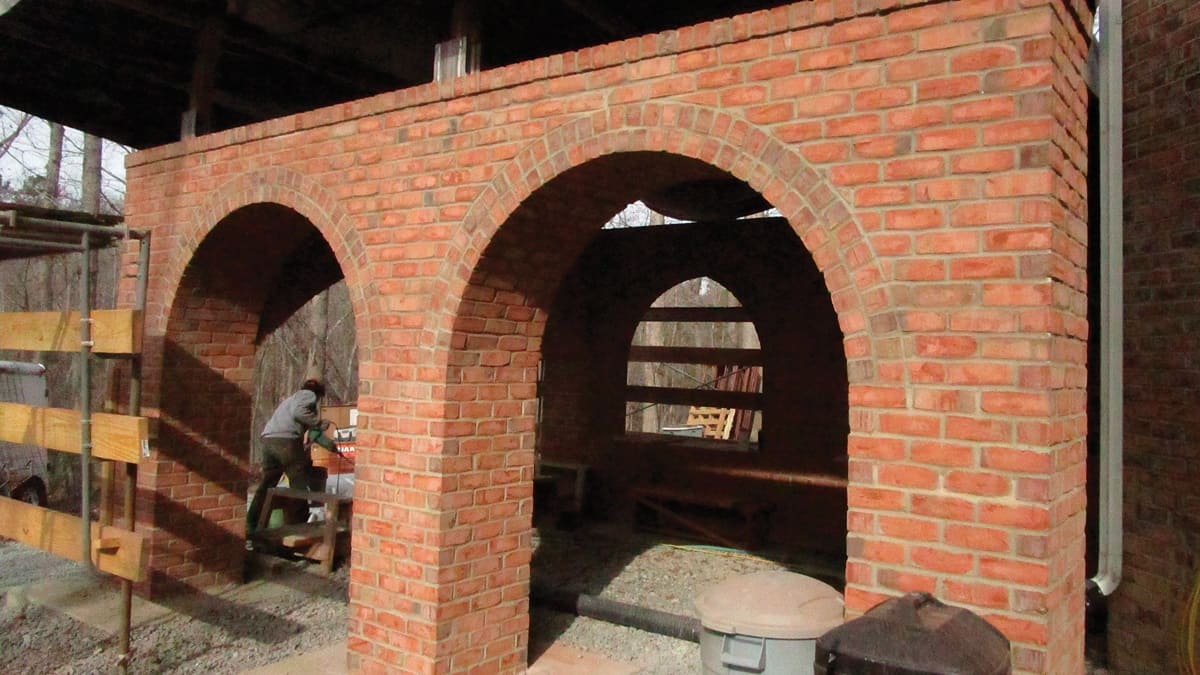
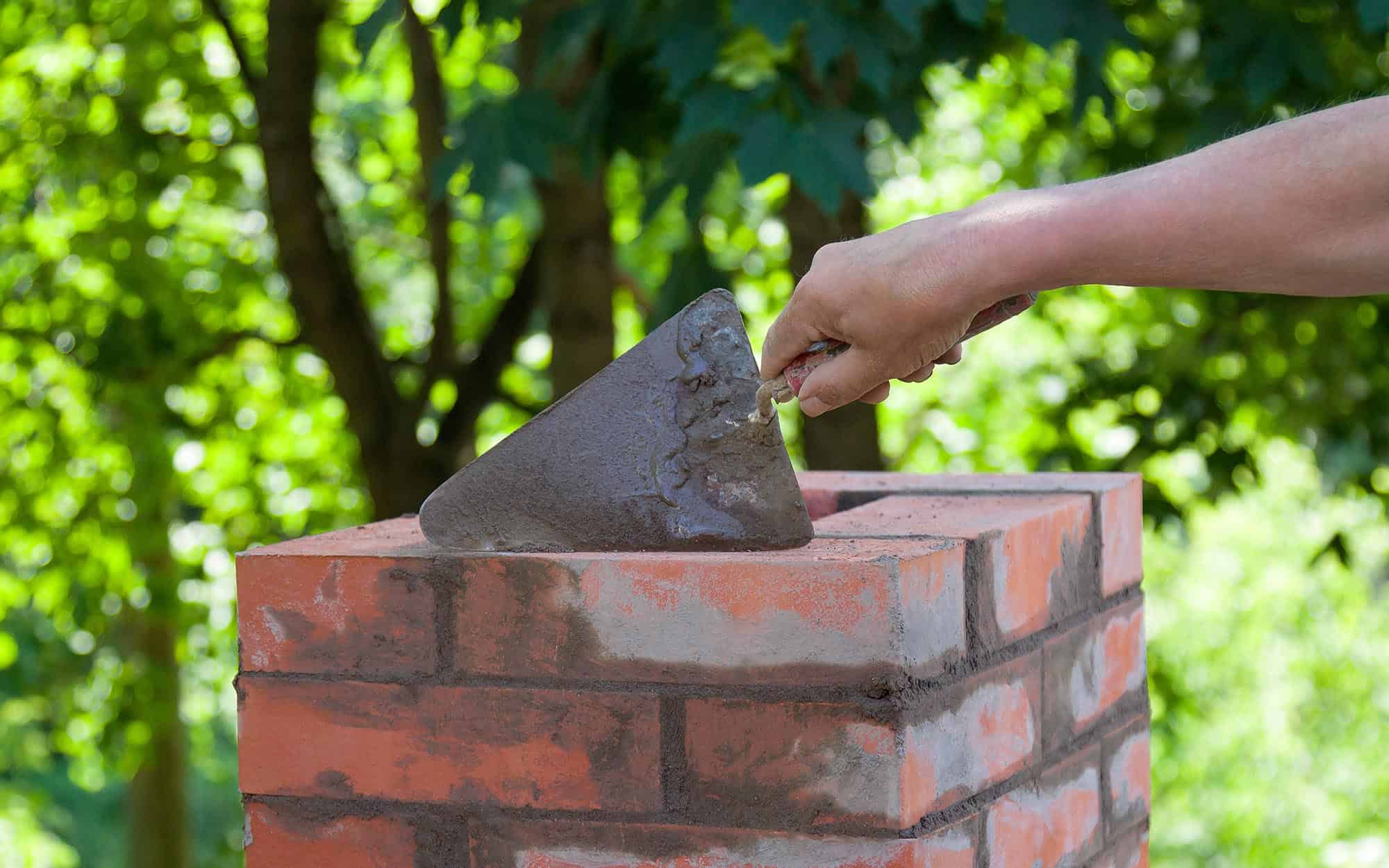
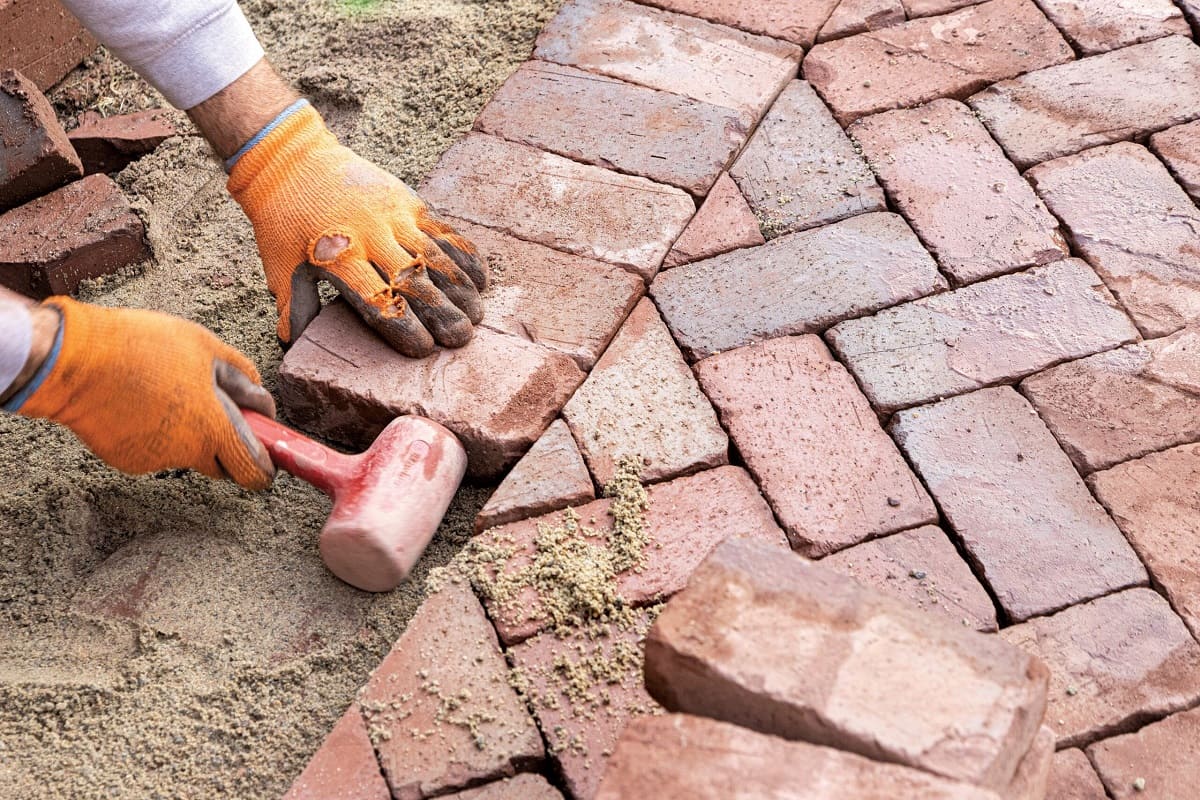
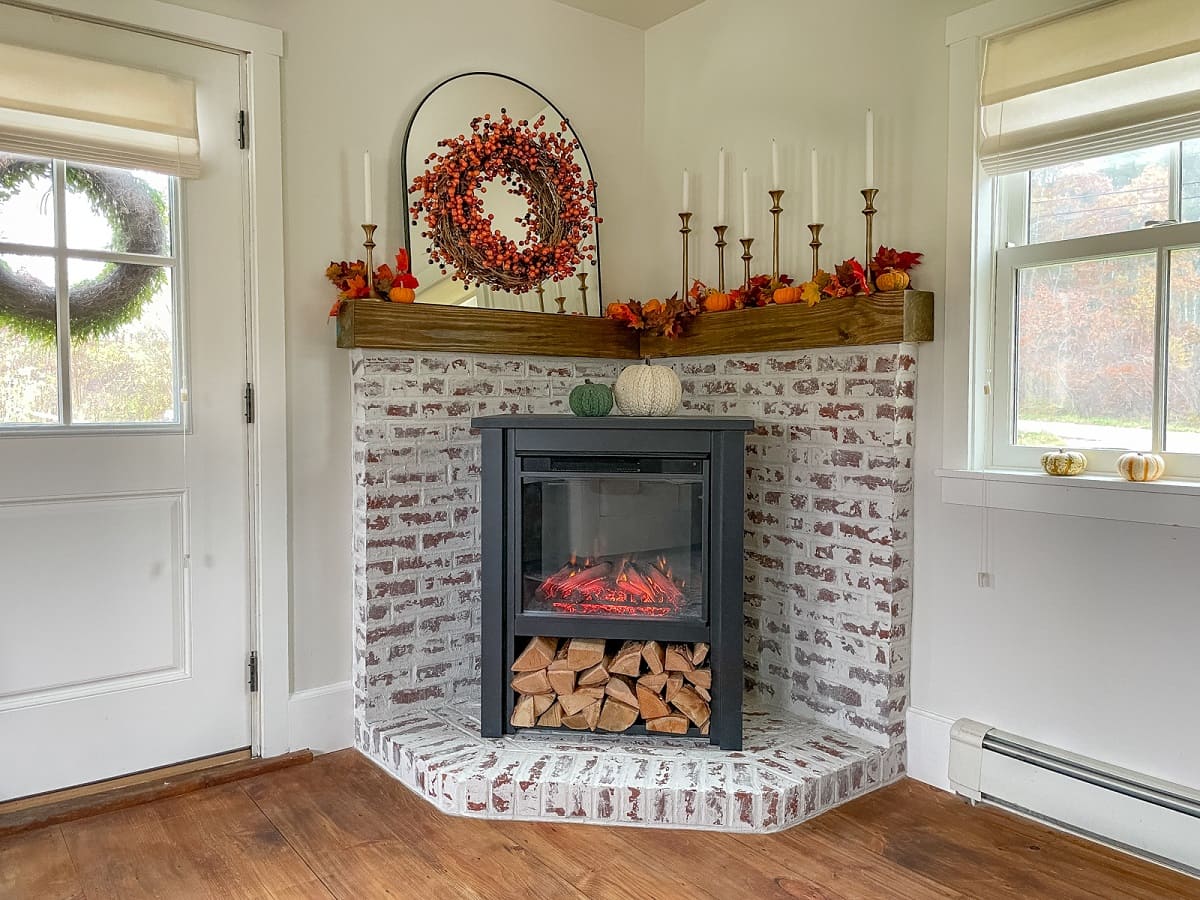
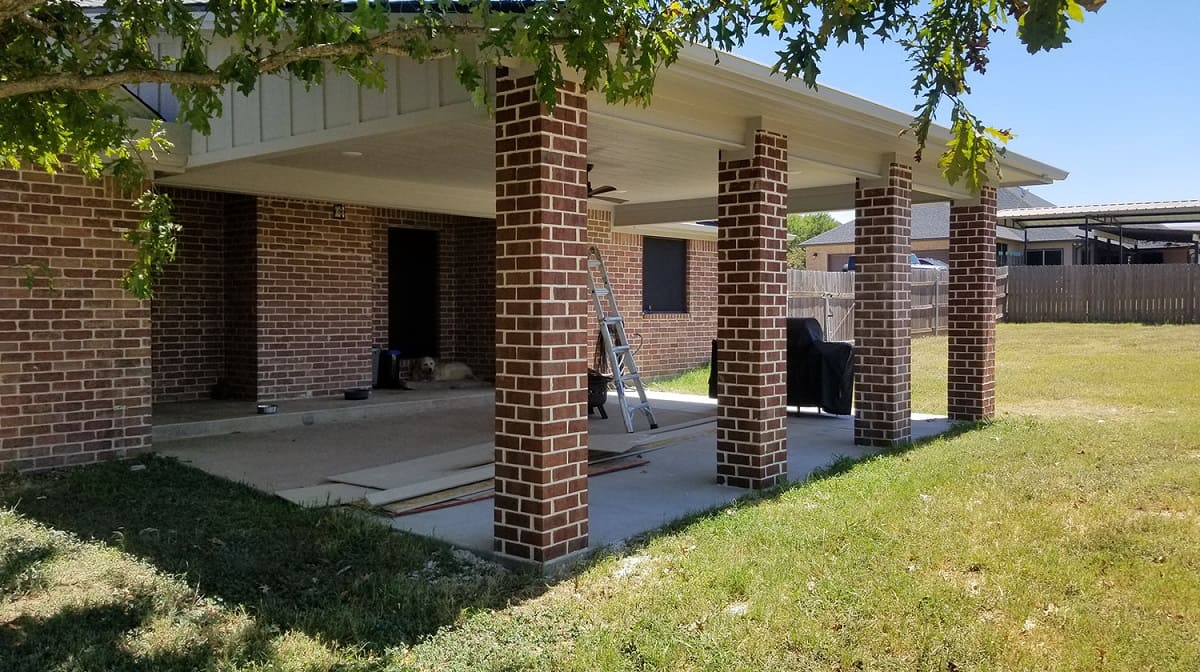
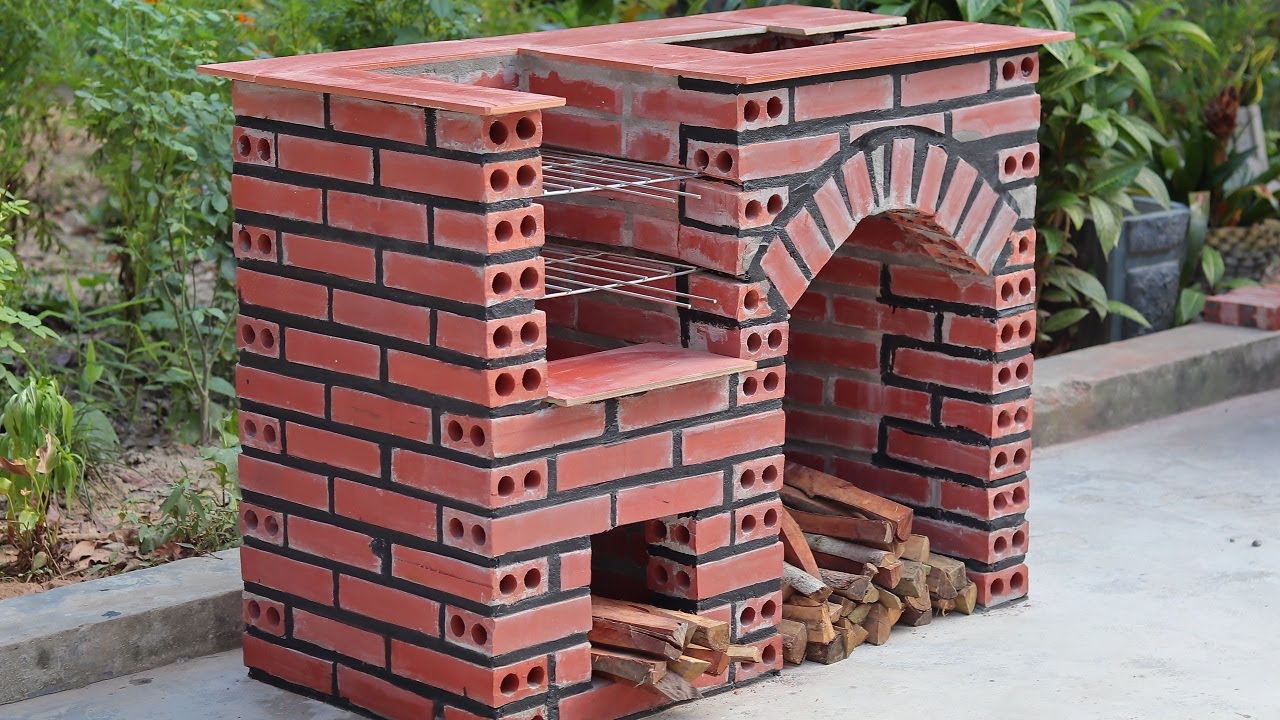
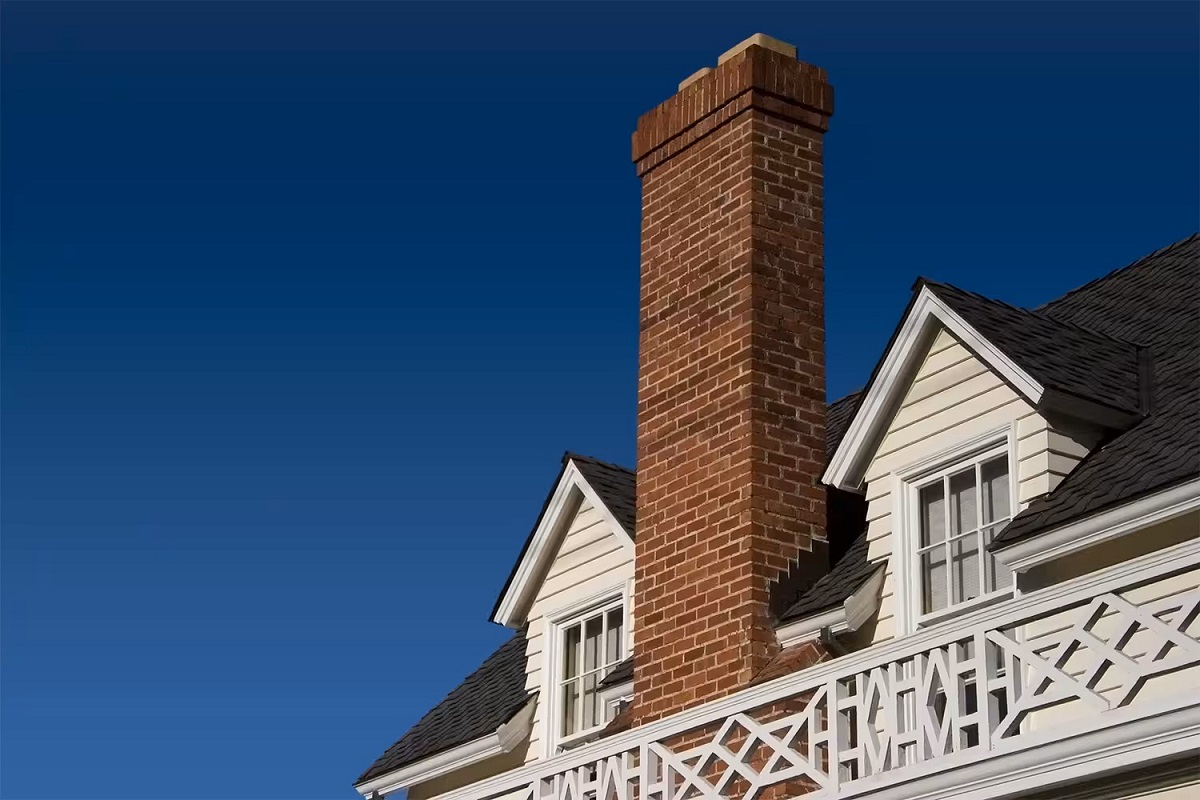
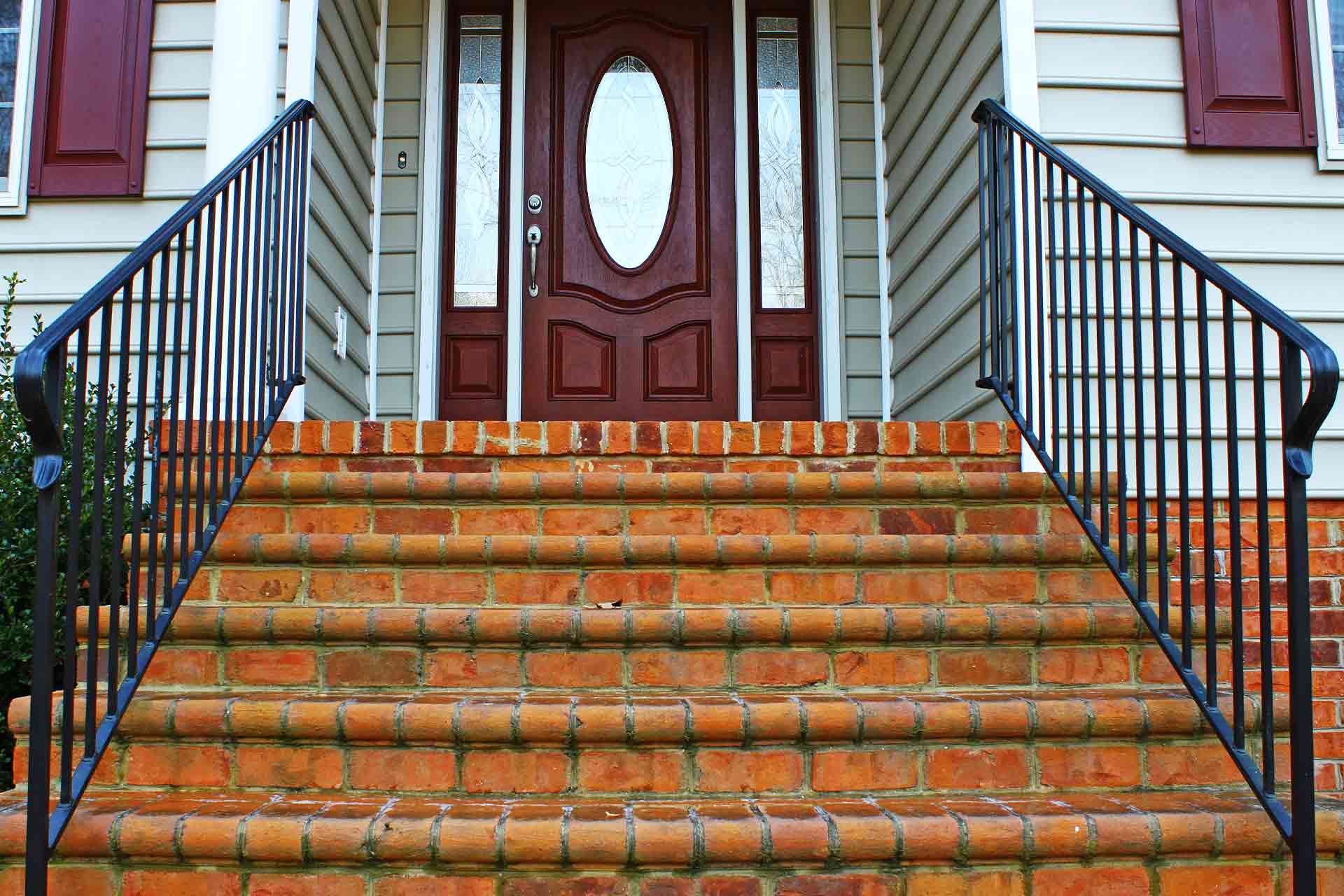
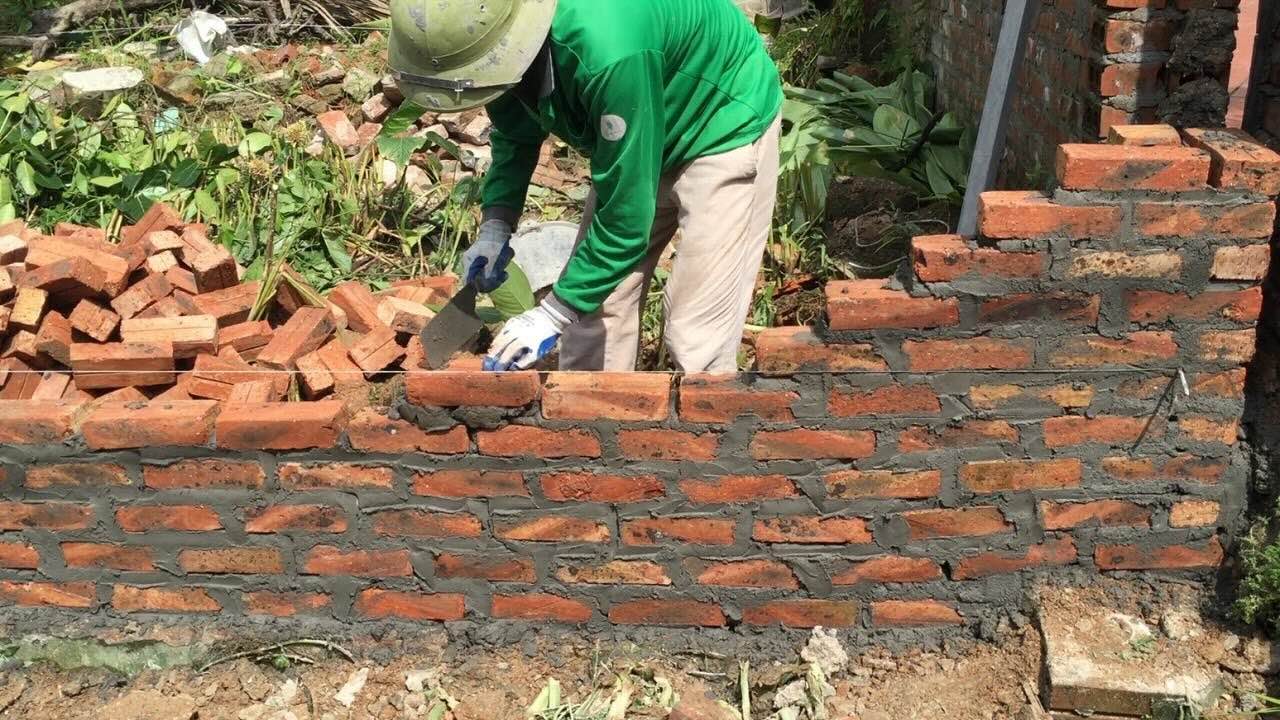
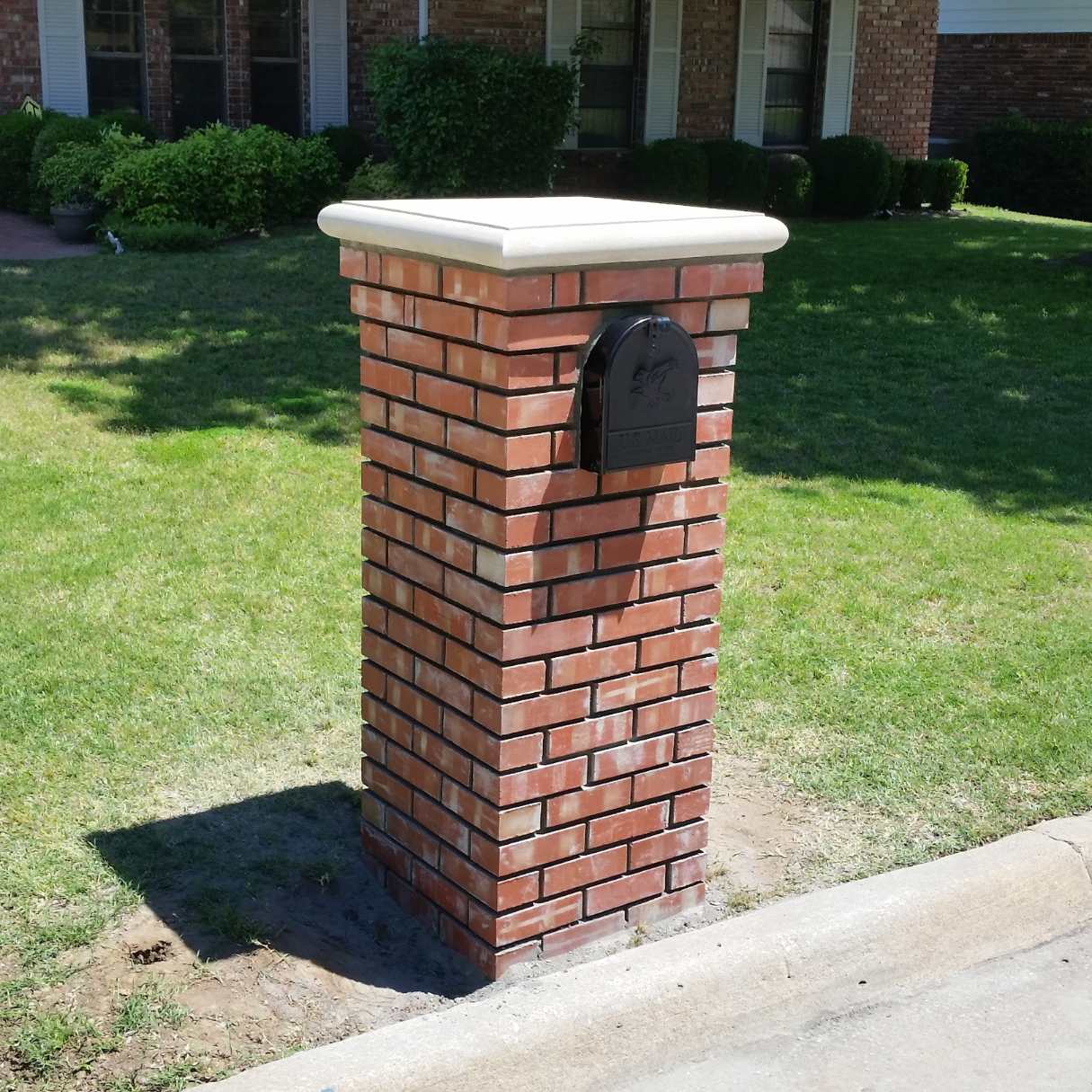
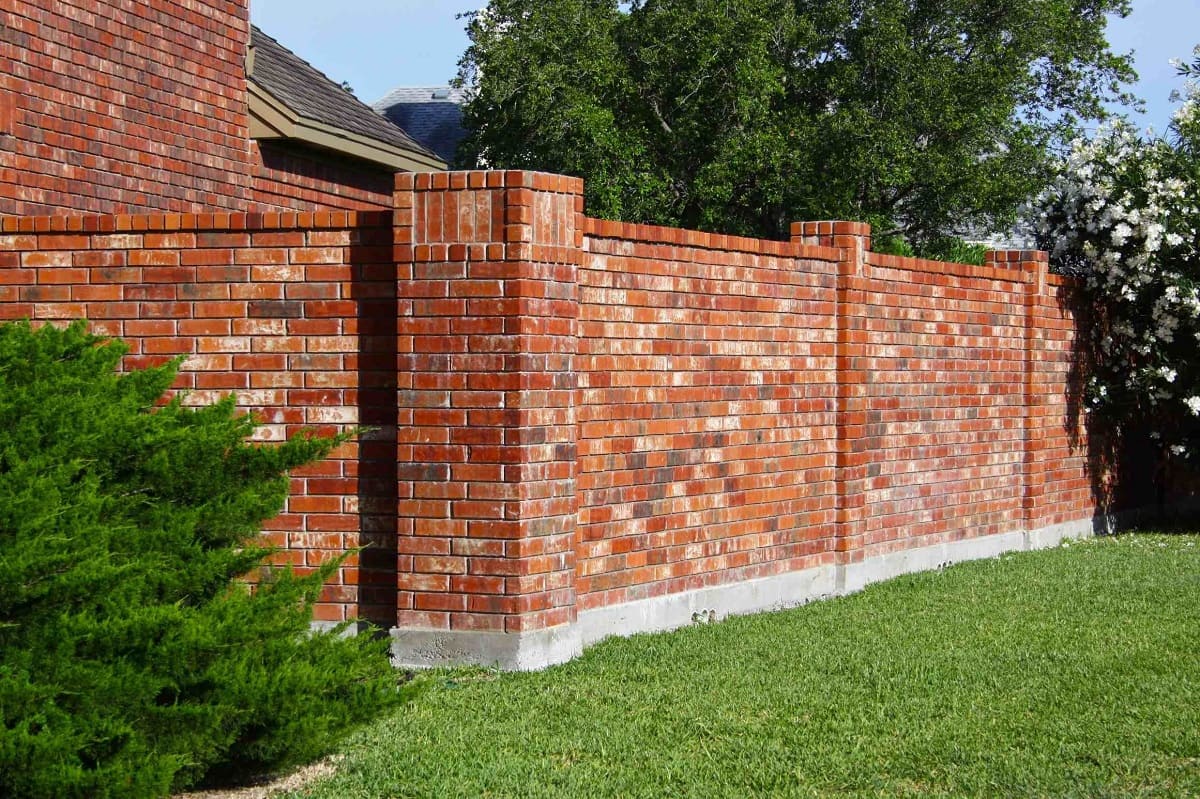
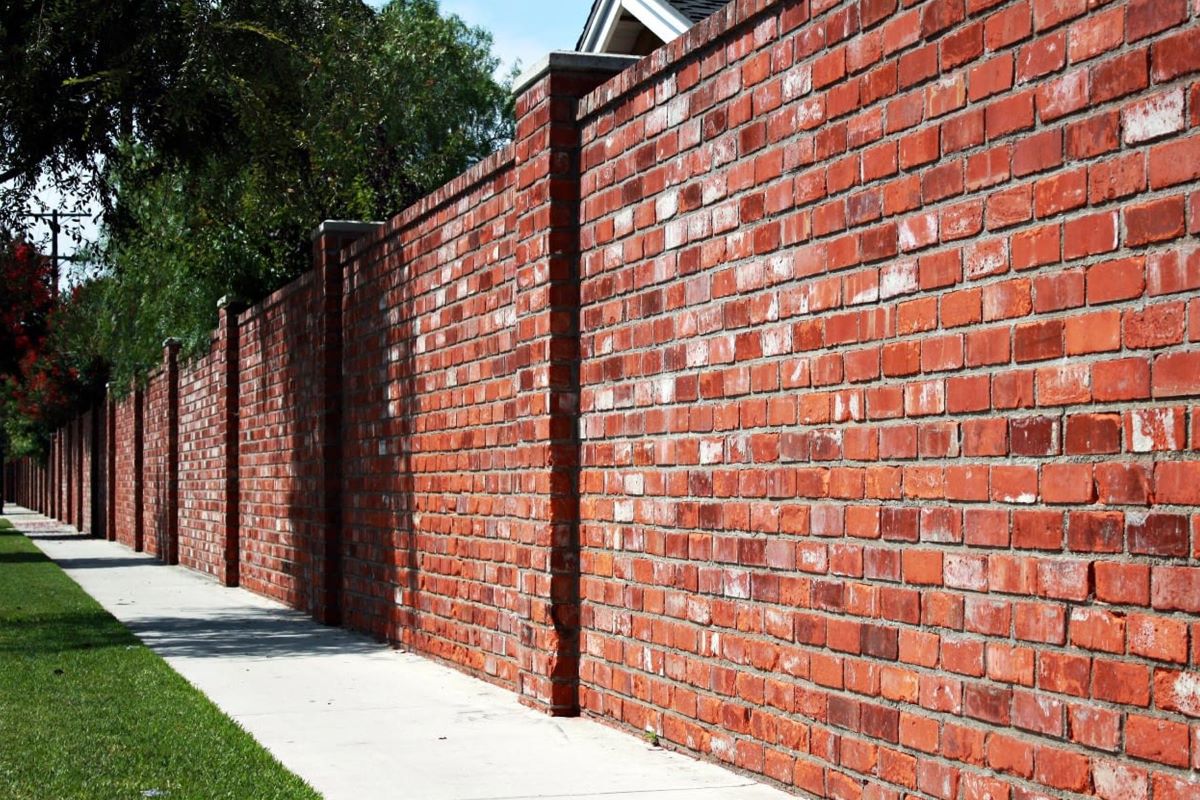
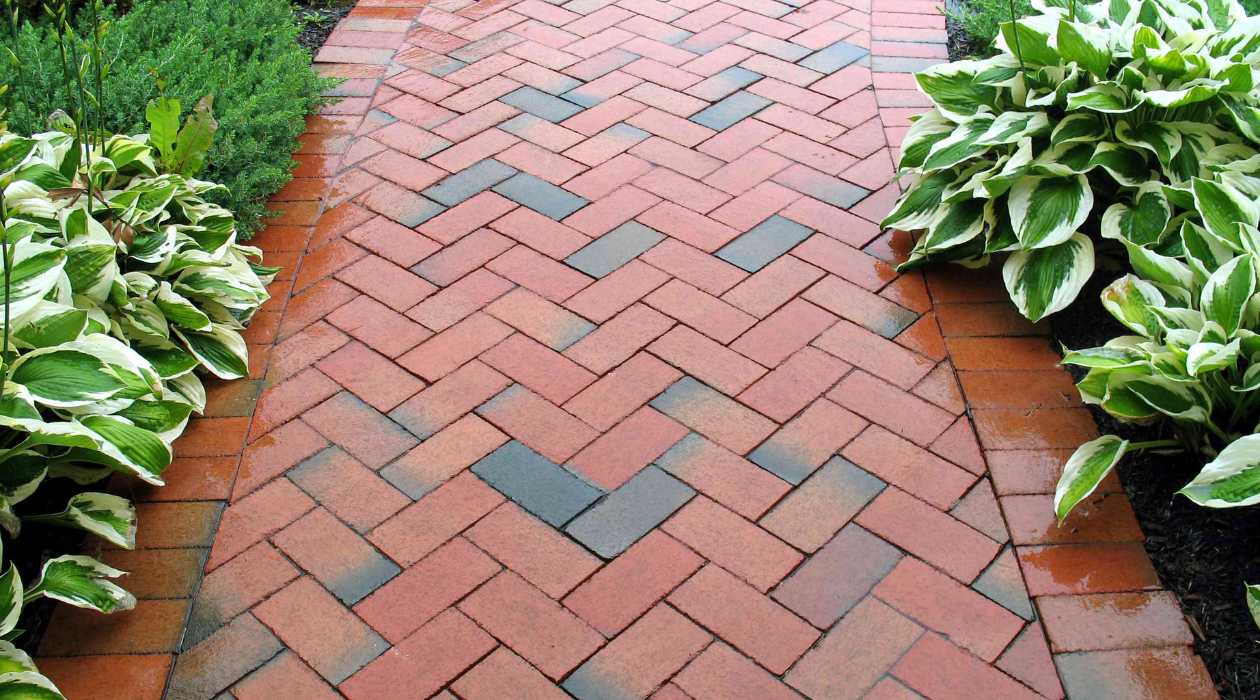

0 thoughts on “How To Build A Brick Outdoor Kitchen”